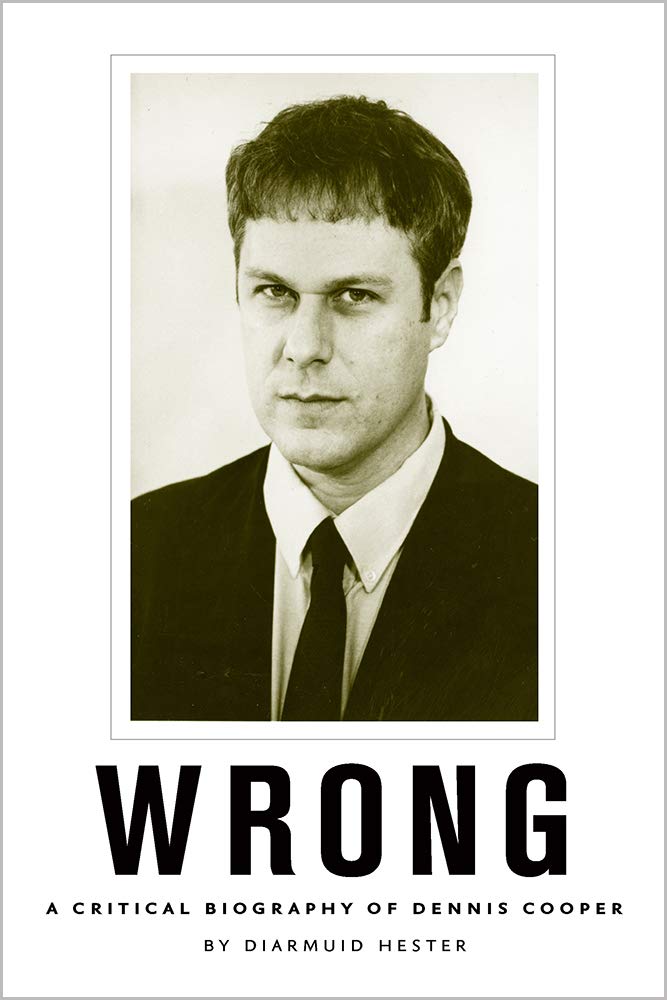_____________

‘I knew I wanted to write a story that was surreal and resisted the ability to be set during any certain year and technology is one of those markers that can give a story an absolute timeframe. I didn’t want to tackle the impact of smartphones and social media in The Book of X, because it would detract from Cassie’s experience and emotions. Once you’ve introduced a device like that into a character’s life, it’s so easy to say Oh, just go on a smartphone diet and you’ll be fine! You just need more self control!
‘For Cassie, though, loneliness is much more complex. Based on her body, based on her past, it’s not as simple as going to a singles mixer and opening herself up to the nearest accountant. Further, this is a society that has already decided she should be an outcast because of how she looks. Her loneliness feels, to me, like an extension of her knot—it is one of the biggest ways in which her body works as a barrier between herself and the rest of the world. And once her knot is removed physically, it does remain for her mentally. There’s something so relatable about this to me—the idea of a woman being trapped in and by her own body, and being other.
‘I’ve been reading a lot about the research into loneliness—how there are doctors exploring whether we can cure loneliness with a pill. That seems wrong to me, for some reason—almost as if we’re curing something medically that we could fix by seeing each other and building real relationships. It seems surreal, doesn’t it?
‘So much of this book is about loneliness and isolation. I suspect one of the reasons I feel so drawn to those topics is because loneliness is one of the few emotions that crosses lines of gender, race, and class. Like death, and to some extent love, loneliness is one of those major human concerns that none of us can escape. In that way, loneliness is universal—in that way, our loneliness unites us.’ — Sarah Rose Etter
Sarah Rose Etter Site
There’s No Surgery for Loneliness
Why Sarah Rose Etter Wrote A Grotesque Body Horror Novel About The Experience Of Womanhood
Sarah Rose Etter on the Unintended Grotesque
Go Forth: Sarah Rose Etter’s Book of X
Buy ‘The Book of X’
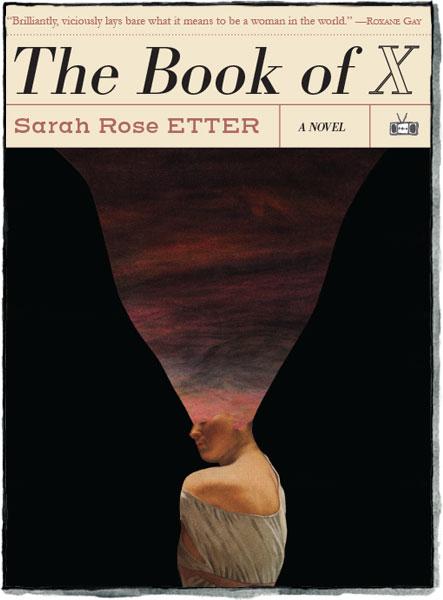 Sarah Rose Etter The Book of X
Sarah Rose Etter The Book of X
Two Dollar Radio
‘A surreal exploration of one woman’s life and death against a landscape of meat, office desks, and bad men.
‘The Book of X tells the tale of Cassie, a girl born with her stomach twisted in the shape of a knot. From childhood with her parents on the family meat farm, to a desk job in the city, to finally experiencing love, she grapples with her body, men, and society, all the while imagining a softer world than the one she is in. Twining the drama of the everyday—school-age crushes, paying bills, the sickness of parents—with the surreal—rivers of thighs, men for sale and fields of throats—Cassie’s realities alternate to create a blurred, fantastic world of haunting beauty.’ — Two Dollar Radio
Excerpt
Vision #13 (Throat Fields)
I took my lover out to the throat fields because I need something to strangle.
“It’ll be five dollars per throat,” a man in overalls calls to us and I pay.
“It’s been a long week at work,” I explain.
“I don’t understand,” he says.
Discomfort blares off his skin in the sun. This is his first time, and I want it to be tender.
The bare necks reach toward the sun, short stalks of flesh, the raw edges of the throats blooming the color of old blood at the center.
How did he see me before this? Poised with the right hair. Now, I am disheveled, wearing filthy sweats, bags under eyes.
Lately, the fury has been keeping me up. My anger boils under my skin at work, beneath the fluorescent lights of the office. All I have ever wanted is a soft place. At night, I dream of rooms filled with feathers or cotton.
“You don’t feel the same anymore, do you?” I ask him out in the throat fields.
I can feel his ebbs and flows instantly. I know when he is turning from me in the slightest way, as if a flower toward another sun.
“Remember the good days?” I ask.
He looks carved as stone. No words, just that straight face.
“Say something,” I say.
The silence is bigger than suns, it is the silence of distant galaxies. The universe begins to crumble. The rage roars trucklike through my blood.
I throw myself to my knees in the field. I grab a good neck, a thick neck. I look up at him with my mania. The rage multiplies and I wrap fingers around the flesh.
“SAY SOMETHING,” I scream.
I clench hard, good around the throat. I squeeze until my fingers want to break. The skin caves in beneath, which feels good, a satisfaction. I strangle harder, until I go dizzy from lack of oxygen, until my rage deflates.
I pant on the ground before him, my weak fingers still around the skin. He stands in the field, still silent, immobile. I stare up at his throat which is long and thick, glinting in the light like a silver coin.
Vision #17 (Sadness Training)
The sign on the door says SADNESS TRAINING on a piece of cheap white copy paper in the black letters made by a weak printing cartridge.
“You must be Cassie,” says a woman with short spiky blond hair who greets me in the cheap waiting room.
“That’s me,” I say.
She glances down at a chart in her hands.
“Well, it’s been brought to our attention that you’ve been bringing your sadness to work. Your boss says your sadness is starting to influence your performance.”
I nod as if guilty.
“Well, we’re going to offer you some strategies to prevent that. Follow me.”
I nod again and follow her into a cramped room with yellow light. In the center of the room, there is a table between us. She sits across from me like a detective.
“Now, this is a common problem and you should not feel ashamed,” she explains. “However, it is also unacceptable and it is costing your company dearly in terms of productivity and revenue.”
“Revenue?”
“The sadder you are, the worse you work,” she chirps. “That’s where I come in.”
I picture myself as a slow moving machine, wheels churning through the mud of my own sadness.
“There are three sadness strategies,” she says. She slides a piece of paper across the table.
“Strategy number one requires you to put the sadness in another part of yourself. This is called compartmentalization. I want you to think of your sadness and think of stuffing it into a square white box.”
My sadness in this scenario takes on the shape of a black sludge. I picture my hands pushing my sadness into a white box in a green field, the darkness of the sludge spilling over the top of the pristine box.
“Strategy number two relies on your imagination. You just have to imagine you aren’t sad.”
I picture myself without my sadness. I picture my sadness in a grave, being buried.
“Strategy number three relies on strength,” she says. “I want you to picture yourself digging a grave for your sadness and burying it.”
I imagine that my sadness has a body just like mine, the same shape and size.
I visualize the strategy: In the green field, I dig and I dig and I dig until there is a hole big enough for my sadness. I shove the body of my sadness into the ditch, then I cover it with the fresh dirt.
Franklin Park Reading Series – Sarah Rose Etter
Story Swaps: Sarah Rose Etter and Amber Sparks
Sarah Rose Etter reads for GENERAL IDEA at Brickbat Books
_____________
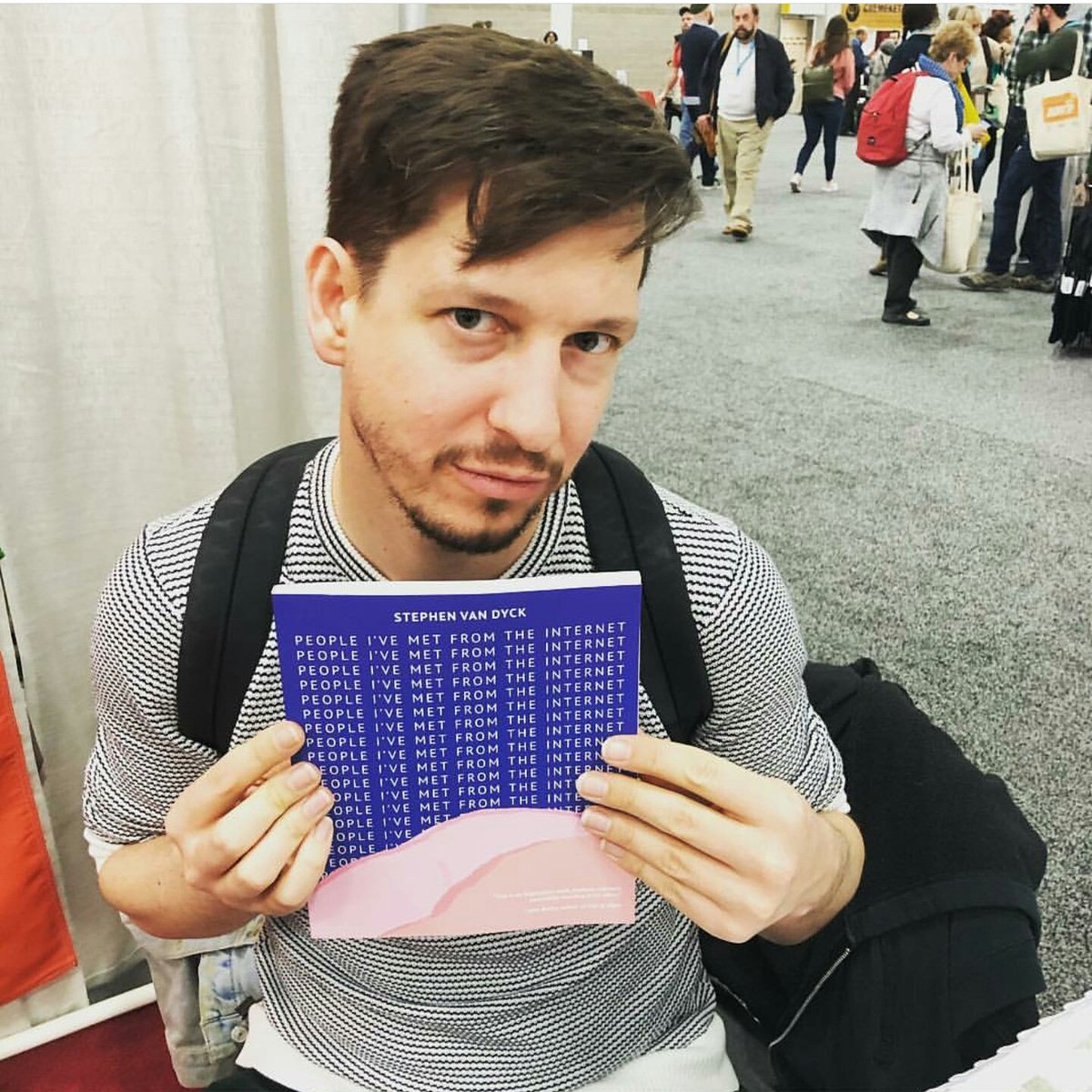
‘It was a blurb from City of Night author John Rechy that caught my eye: “This is an impressive work, modern, relevant, powerfully startling in its effect.” Stephen Van Dyck’s experimental memoir—an annotated inventory—is accurately described by its title. The book opens with a flow chart, a seventeen-page catalog of who, when, where, what: birth name, screen name, website of first contact, date, location, summary of first meeting, age of the person, times met or days spent together, and “activity” (kissed, sucked, fucked, etc.).
‘Following this comprehensive record, the book flows chronologically, with numbered paragraphs elaborating on the encounters, sexual and otherwise. We are reminded, for instance, about the AOL compact discs that regularly came in the mail in the late 1990s during the dial-up days. The connections made in sexual and community-building chatrooms, experienced through the wide eyes of a high school kid in New Mexico, are fascinating to witness. Van Dyck provides a guided tour of a world many of us knew about, experimented with, and remember as an age of innocence. Today’s world of Grindr and similar apps has sped up the process, but the groundwork for our dating-via-hook-up social world is evident in these pages.
‘The innocence of the narrator and his sometimes clinical descriptions are mesmerizing. I was reminded of my favorite Rechy novel, Numbers (1967), in which our hero, Johnny Rio, spends a week and a half all over L.A. trying to have sex with as many men as possible. After each conquest in Griffith Park, Rio goes into the men’s room to check his reflection in the polished steel mirror, to see if a look of sex-hunger or satiation shows up in his face. (This is Rechy’s allusion to Oscar Wilde’s Dorian Gray, who regularly checks his portrait to see whether his increasing debauchery is visible.) Van Dyck’s eleven-year timespan captures a similar process of self-exploration, artistic development, and struggle, stretching from an AOL Chatroom in March 1998, in Albuquerque, to OKCupid in March 2009, in Los Angeles. Van Dyck doesn’t say why his project stopped in 2009. Maybe there’s a sequel?’ — Chris Freeman
Stephen van Dyck Site
Stephen van Dyck @ Twitter
SvD @ instagram
PIMFTI @ goodreads
Buy ‘People I’ve Met From The Internet’
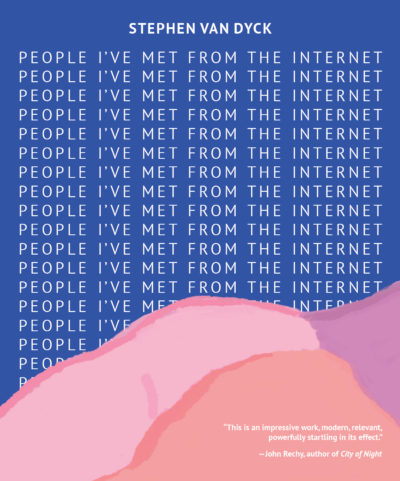 Stephen van Dyck People I’ve Met From The Internet
Stephen van Dyck People I’ve Met From The Internet
Ricochet Editions
‘Stephen van Dyck’s PEOPLE I’VE MET FROM THE INTERNET is a queer reimagining of the coming-of-age narrative set at the dawn of the internet era. In 1997, AOL is first entering suburban homes just as thirteen-year-old Stephen is coming into his sexuality, constructing selves and cruising in the fantasyscape of the internet. Through strange, intimate, and sometimes perilous physical encounters with the hundreds of men he finds there, Stephen explores the pleasures and pains of growing up, contends with his mother’s homophobia and early death, and ultimately searches for a way of being in the world. Spanning twelve years, the book takes the form of a very long annotated list, tracking Stephen’s journey and the men he meets from adolescence in New Mexico to post-recession adulthood in Los Angeles, creating a multi-dimensional panorama of gay men’s lives as he searches for glimpses of utopia in the available world.’ — Ricochet Editions
Excerpt
from YES FEMMES
NAME: KENNETH GEORGE
AGE: 18
SCREEN NAME: “ECLIPSE80”
WEBSITE: AOL CHAT ROOM
DATE: MARCH 1998
LOCATION: ALBUQUERQUE, NM
SUMMARY OF MEETING: FOUND HIM OUTSIDE SCHOOL
TIMES MET: MET IN PERSON AT LEAST 5 TIMES
SEX: –
Kenneth, a senior at my high school when I was a freshman, had hair-sprayed crispy, spiked hair, light brown skin, and a navy blue polo in his junior yearbook photo. Over the phone Kenneth played his favorite song, “Lost in Love” by the Nasty Boy Klick, a Spanglish R&B song popular on hip-hop stations across the Southwest. Kenneth told me “Fire It Up” by Busta Rhymes sampled the Knight Rider theme song. Kenneth couldn’t believe I had never heard of Knight Rider. Two months later I changed my screen name to “FireItUp6.” This was in the middle of a period of using Tori Amos song titles for my secret gay screen names. My straight friend Jerry later recalled in disbelief that I was the one who called her “Tori Anus” all the time. That was only a year before I got the poster of Tori nursing a piglet that my mother demanded I remove. For my straight friends I was “Vow15” and later “Vow16,” a gothy song by Garbage, plus my age. Jerry introduced me to Garbage lead singer Shirley Manson one afternoon after school at Jerry’s. Jerry thought she was my type, and for a while that became my explanation. A backlit band in greyish blues, oranges and purples play to sawing noises and grinds. Then, standing defiantly still to an almost danceable mid-tempo rhythm, a woman at the mic does not smile or make an innocently seductive face. You could call it a pissed look if only she cared. A large area around her eyes is black. She’s telling another girl that she’s a phony for trying to be liked, that everything she actually possessed she was wasting. What should the girl have done with what she had? Years later, when I came out to Jerry, he couldn’t believe how well he was duped the whole time, that all the signs had been in plain sight.
Kenneth was Navajo. Kenneth’s parents never married, though they were a couple for at least as long as he had been alive. Did his parents celebrate anniversaries? Eat dinner together? Live together? Kenneth told me they did, in an apartment complex near the Costco on Jefferson. Maybe Kenneth played the Nasty Boy Klick song to tell me he wanted to get lost in love with me. I didn’t know if this was a thing people did. All I knew was Shannon Cooke and I would play songs back and forth over the phone, holding cordless receivers to our boom boxes to have a conversation. We once used most of an evening and Jagged Little Pill to communicate that she had a crush on me. That was not long before I had to buy a second Jagged Little Pill because my first was so scratched. I got my first copy by exchanging The Fugees’ The Score because, I still remember, on the way home from the mall, I told my father it had a parental advisory sticker. “Should we return it?” my father asked. “I guess so,” 12 year-old me responded.
School was seven hours of half-awake hiding in a notebook drawing cats and a goth sneering drag queen-ish character, and then I came back to the computer. My parents interrupted to make me eat dinner and play piano. Otherwise, my mother watched The Nanny or my father watched the British Parliament on C-Span. At 11 PM my mother would burst in and yank the phone cord from the wall in a dramatic show of force. Some nights I would sneak back to the computer room and plug the phone cord back into the wall, but only after waiting until my parents had gone to sleep, in the interim listening to Tidal or Tigerlily or Eurythmics’ Greatest Hits—my first album purchase at age 11. When I played “Sweet Dreams” to my parents, they said the music was fake, because there were no actual instruments. This was a popular commentary on disco and synth music in that time. One time my mother paused the song. “Did she just say some of them want to abuse you? Abuse?” in a tone like the answer would determine whether the CD would be trash. ”No, amuse,” I said.
Chewing Carolers, Stephen van Dyck – Let Them Eat LACMA, 2010
Jasper Johns & Stephen Van Dyck on the Eternal Telethon
Episode 5: Stephen Van Dyck
_______________
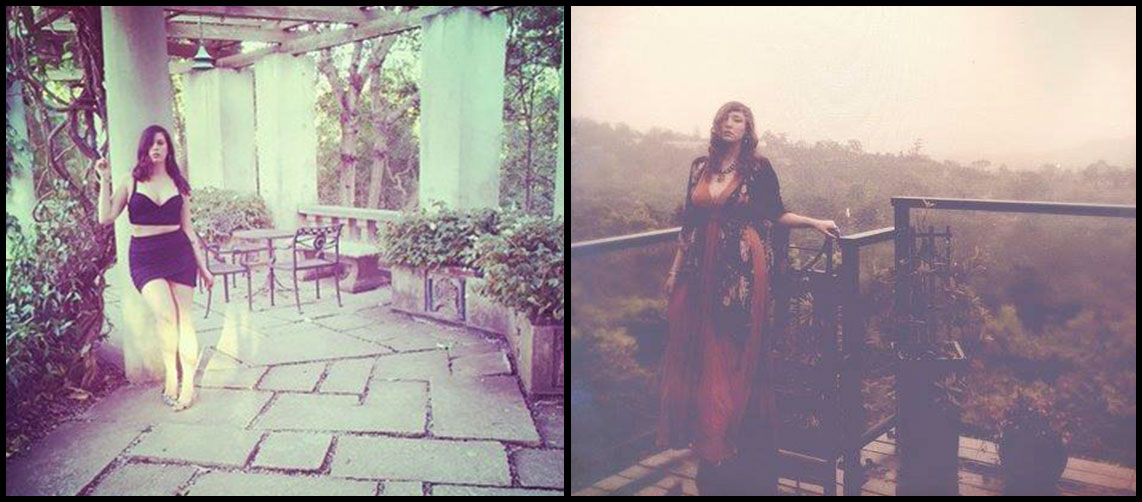
‘Generally, most of the writing a poet does is pretty solitary. Many poets write poetry collections or poems alone. Given the nature of writing, often being birthed of the self, writing in a group or as a duo is an often overlooked form of expression. Sometimes it feels unnatural. How do you meet at the center of your individual experiences? Is it even possible?
‘And yet, it has been done — a lot. In fact, collaborative poetry is an amazing testament to creativity. Have you ever participated in an exquisite corprse? This old parlor game technique was invented by the Surrealists and is done by having everyone write on a sheet of paper, and then pass it to the next player. The previous writing is kept hidden.
‘In fact, a well-known French Surrealist book, Ralentir Travaux, was collaboratively written in the 1930s — in five days — by Andre Breton, Rene Char and Paul Eluard.
‘Another more recent example of collaborative poetry is in Asdaa magazine’s “Poem Factory” experiment. The experiment has people using MediaWiki to write modern poetry in Arabic. The Poem Factory’s purpose is one worth thinking about: “To liberate poetry from the disease of ownership and its pathological offsprings, such as fame obsession and copy rights, which have become characteristic of creative production.”
‘If you’re looking to get a taste for collaborative poetry, read Saints of Hysteria: A Half-Century of Collaborative American Poetry, edited by Maureen Seaton, Denise Duhamel, and David Trinidad. Of course, this is limited to American poets — so you should also check out Japenese collaborative poetry, like Renga.
‘When we think about collaborative poetry, something new happens. It’s a birthing, in a sense. We are able to let go of the reigns in a vulnerable way, a way that depends on others and decenters our own voice.
‘Our pain becomes our collaborators’ pain. Their pain becomes ours. Their beauty becomes ours. Our beauty, theirs. In two distinct voices, for example, a third new, or wholly individual voice is born. Unity and humanity is etched into words.
‘I wrote collaborative work here and there amongst friends, usually as a writing exercise. My last book, Nympholepsy, was co-written by with another poet, Alyssa Morhardt-Goldstein. I’m not sure, looking back, that we set out to publish the book or not. I think not. We began what turned in our book as a sort of cathartic writing process.’ — Lisa Marie Basile
Lisa Marie Basile
Alyssa Morhardt-Goldstein
Nympholepsy @ goodreads
‘Nympholepsy’ excerpts
Buy ‘Nympholepsy’
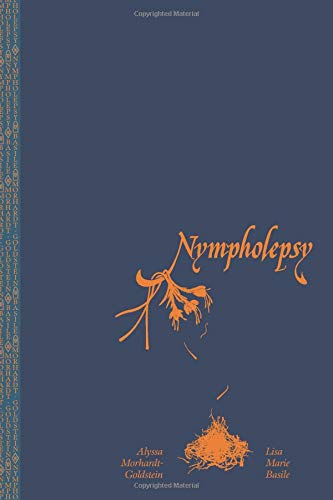 Lisa Marie Basile & Alyssa Morhardt-Goldstein Nympholepsy
Lisa Marie Basile & Alyssa Morhardt-Goldstein Nympholepsy
Inside the Castle
‘In ancient Greece, nympholepsy was a state of heightened rhetorical powers conferred by a nymph. These two writers are high on rhetoric as they take turns recalling a nymphomanical period in their lives. (Or, given all the references to a hive, perhaps this is the pollen-drunk tale of some louche honeybees.) The lyrical writing is stunning, mesmerizing, ingenious. This purse-size booklet is especially recommended if you like Carole Maso.’ — Stephen Moore
Excerpt
ALRAUNE (ALYSSA)
The spells we manufacture inside us are dismal. Sydelle throws oyster after oyster down her throat, casting a spell to turn her pussy gold, chanting over in her mind for all the men to smell her as an overripe peach and come to claim her. She thinks we don’t see this, or else she doesn’t think of us at all.
Grace is here, mewing on Sydelle’s arm in scraps of spandex and jeans, plastic glasses like neon window-shades, and lip gloss, and filming us as she drinks.
Luciana orders another and the light quivers blue-green into the horse-mane hair of these girls. She told me how Sydelle punched her as hard as she could in the face while she lay sleeping. How she bled like a fountain.
This is invincible.
ALRAUNE
The covetous hive, the hive bathed in black soap.
Three little queens in three little cells. Three little hedons, self-stripped, opening their legs in each corner of the room, in the dankness of stark 5am under a pitched roof. Six little legs, three little wet mouths, and more fingers, more fingers than there should be in the dark.
We are the velvet women. If you are looking for witches, we are the witches, storing sperm in jars under our beds, sending out our army of velvet girls.
Luciana and I pour ourselves baths of ambrosia in our desire and sickness, or our desire of sickness. We grow and our sex grows, that is the point. Making us eternal, insulate, able to inseminate even ourselves, to poison and lick our many fingers. For this, Sydelle wants to ribbon our bodies bloody.
Man after man after man brings the queen of drones and, in her fetish of herself in them, the hive’s destruction. Engulfed in this swarm of men is left only a fall of bright hair.
A fetish of men, and the hive’s velvet girls
praised and cut low,
praised and cut low.
Brings the two queens, man after man, how Sydelle’s teeth grow like stakes.
The velvet girls are not velvet. They are dressed in the vomit of their hivemaster. Washing her porcelain face with a cloth, learning her how she fears to be learned, leaving her naked eyelashes the color of wheat and her long, bleeding nose to snort up the constellations.
It should’ve been time to sleep, but we were up screaming, or we were up cleaning someone off, or fucking half-heartedly because we only wanted to fuck the idea of fucking each other. These are the girls dressed in velvet, but they are not velvet girls. Are we, Luciana? Are we the girls dressed in velvet? Luciana, what have we become in the land of destruction.
LUCIANA (LISA)
Sydelle took down her slip, smoothed her tits out over the come-apart duvet. A man named Gael and me in her bed, in her bed of filth, slop yellow, dead skin, and wax, and bodies sewn in.
And the rain. It fell a summer thing. That night, Gael slept near me not Sydele. He was all tuxedo jacket, cheap fabric and red pocket square. He spoke of and with absolute disarray, the abandon of language, a fuck and a cunt, and that handsome Mediterranean dirge. He was dark and aureate; with him you could throw yourself out of the window, see how far you could fly. I shouldn’t tell this story. He is my collateral of it all; and I am the collateral of it. Meaning the hive wedged itself between the thing of us. I could have been his lover, but. A sadness that the hive could not snuff.
He went to touch my breast but I said I would prefer he do that in character.
Diorama: Lisa Marie Basile & Alyssa Morhardt-Goldstein
Luna Luna Magazine: Alyssa Morhardt-Goldstein, Lisa Marie Basile, Lynsey G
Meet the Editor-in-Chief: Lisa Marie Basile
_______________
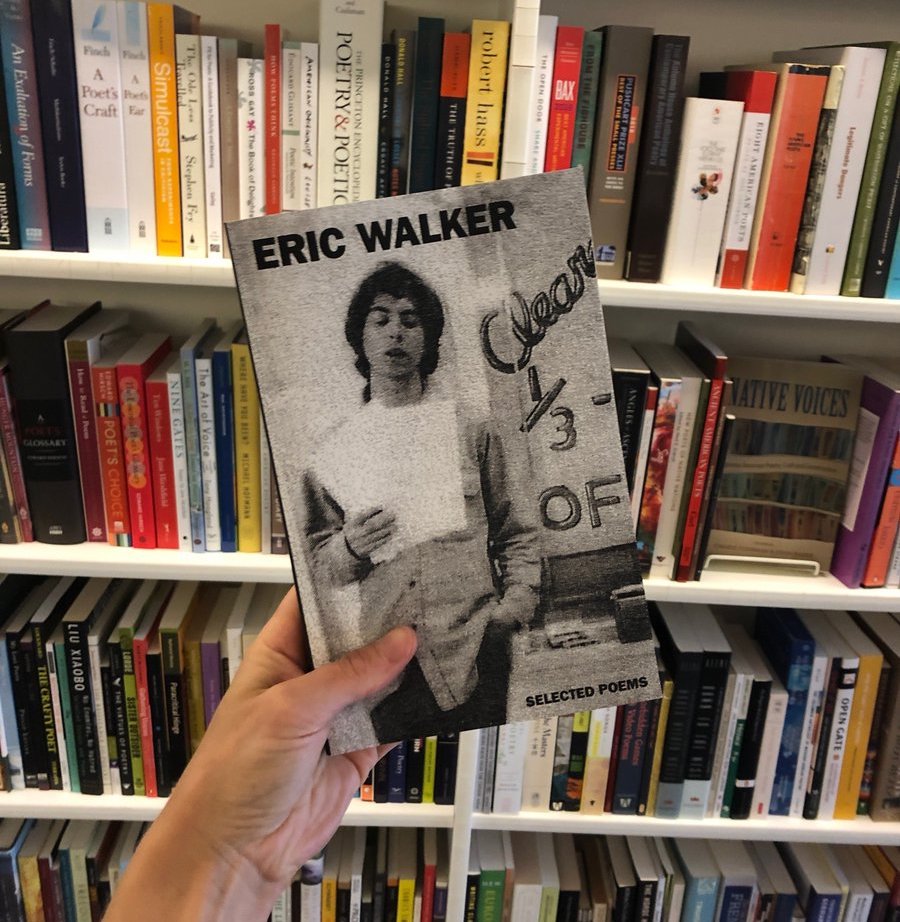
‘Raised in the redwood forests of Northern California, Eric Walker turned up in San Francisco at the age of 15, his poetic identity very much intact. He believed he was the reincarnation of Arthur Rimbaud—hard to deny when confronted with the astonishing flow of words and images, not to mention his stunning physical beauty. He took prodigious amounts of psychedelics and otherwise seemed to live on coffee and cigarettes. He was immediately taken in by the community of poets, including Philip Lamantia, Kirby Doyle, Sarah Menefee, Howard Hart, and Tisa Walden (who published three of Eric’s chapbooks in her Deep Forest press, his only published books). Of all the North Beach poets it was the gentle surrealism of Bob Kaufman and his deep engagement with blues and jazz that most influenced Walker’s writing. In classic guru-devotee fashion Eric often slept on Bob’s floor. Signs of mental instability became increasingly common, and the Rimbaud/Verlaine analogy was carried a bit far when Walker threatened an elder poet with a pistol and had to be disarmed. He decamped to Berkeley, sleeping on streets and rooftops. He occasionally returned home to recuperate, and for a time posed as a student at UC Santa Cruz, squatting in dorms and auditing classes, notably with the renowned William Everson (Brother Antoninus). He loved the music of Bob Dylan and borrowed much from both his look and his verse.
‘Cruel and dangerous confrontations with the law (shoplifting, vagrancy) and the mental health establishment (incarcerations, medication) inspired many remarkably cogent manifestos from this period where he explores the dynamics of debt, war, media propaganda, and government control—particularly as it bears upon the powerless and vulnerable, and the artists and dreamers. His final years were spent in institutions and halfway houses. On March 13, 1994 Eric was found hanged in his cell at the Humboldt County Jail, aged 29. (He was the third inmate to die there under suspicious circumstances, and eventually a wrongful death verdict was confirmed.) His work fell into obscurity for the next two decades, remembered only by those who knew him, many of whom are now themselves passed on. Eric always had the kind support of his mother, Diane Murray, who preserved his works and eventually donated them to the Bancroft Library at the University of California, Berkeley, a few blocks away from the streets where he lived most of his short life.’ — Raymond Foye
ERIC WALKER (1964 – 1994)
The Fall of Euphorian, The Wrongful Death of Eric Walker.
Walking With Eric: A memoir of Eric Walker by Neeli Cherkovski
Raymond Foye Site
Buy ‘Selected Poems’
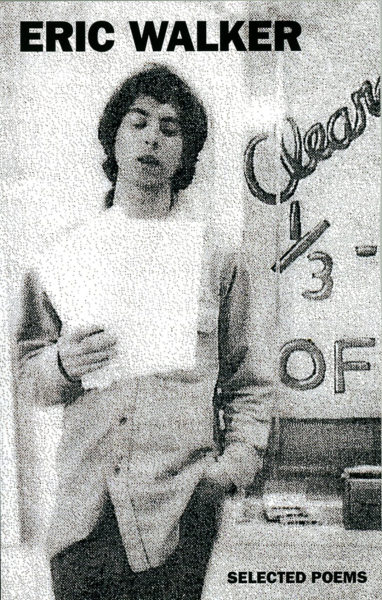 Eric Walker w/ Raymond Foye, editor Selected Poems
Eric Walker w/ Raymond Foye, editor Selected Poems
Raymond Foye Books
‘The brief life of Eric Walker (1964-1994) was also a remarkably productive one. He was a close friend and a peer to many of the important poets of San Francisco and Berkeley in his day: Bob Kaufman, Philip Lamantia, Tisa Walden, Howard Hart, Kirby Doyle, Neeli Cherkovski, Julia Vinograd, and many others. This is the first major collection of his work.’ — Raymond Foye Books
Excerpt
Aaron
From where do you go inside the intrinsic need
to be free; I call you on the phone, mathematician
and eccentric counselor, there you sit in your
magic chair, turning electric on sugar, high from
the debt of solitude, you owe money to everybody,
the sky falls into your crashing and manic motor,
your cars have stopped working, your eyes are troubled
by the semblance of charisma and cash crashes into
the nude asylum of memory; yesterday Arithmetic, Aaron
you have stewed from the bastion of perfect cigars,
contraband and stealthy, you say you like the image
of your blue-overcoat, your singed brows end in an
avalanche of hidden motives, your redwood vacation
in Mecca’s mean tide, your lovers complain of your
musical notations, your book writing itself into a fix,
you the teacher who went astray, picking the challenge
of the younger generation, we wept to Dylan tunes in
your green monastery, and all night binges and deep as
the pink dawn awakened the monks in us, you wondering
if decadence has a ceiling, and idea passed from the veins
of putrid dreams of the erotic candles planted beneath
the numbered corners of a room; a place where we wanted
nothing but the blind charms of suicidal mirrors,
where walking one night on the Boardwalk you cried “Eric,
God is here with me!” as you pulled out of your empty pockets
twenty hundred dollars, you slept in the polluted stream
of empty wallets, crashing on the quarter-slot of some
video game, dancing to the pool stick of your hungry country
music of two-timing lovers complaining of vintage
meals had in small cafes of flesh and sloppy joes;
dancing to the teeth of soundless feet of slipping
jet planes, you the Spanish master forgoes his Mexican
vacation for a lady of sleeping internship, a marriage
of hell and heaven, in the fury of the master’s hand,
I have seen you counting the stars, excellent Mephisto
tempting me with rare verbs, running on silence from
the beginning, selling Masters of War in hostile parking-
lots of the Hyatt Hotel, singing to the provocative dreamers
of a Poet’s lingering realism, incognito in the showers
of the poor, fastened like acne to your belt of mammon,
hurt by the first Spring Dance of a jealous and angry
husband, belittled by the flesh of a dancing gypsy,
you the hungry Captain Crunch fanatic flunks disco
and tries to pull his leather back from the grim and distant
childhood of a Bank Robbery from which you and the FBI did
a tango of mean and tired license plates, you switched your
clever game into a hidden bucket of white stars, forth coming
a bandage for your left eye firm and tight as a scared porcupine,
a simple half, cut the branch of Apollo that once straight
and merry grew half the size of Faustus’s poor fingers,
dragged down into the Sun’s silent pit, now you begin
to trade your heroes for ghosts, do not translate this into
the mindless chess of visage from which the blowing tires
of yesterday are remobilized into a VW van that cries a
nameless burial and encounters again the smog of the earth,
paid and simple IRS attached receipts, and pursued Bankruptcy
from which our united motto is “Do not go that way! Or Become
the beaten Master of Mime and Games of Chance Statistics”
and remember Robin Hood and the Jealous Monk bumming cigarettes
from the blond hotel of Mercy, where no sisters bring forth
their hungry cappuccinos but only Heaven and God can tax
the rich with fragrant strawberry pancakes paid for on
plastic rosaries, you the sniper in alleyways and on rooftops
with two bullets for God’s angry winos, a girl dead in
Telegraph avenue, stretched corpse and you and your hunger
and fascination, found in East of Eden’s remarkable pictures
the silent type that says nothing but mountains of razorblades
gather in his bathtub, and until you that you say nothing
rob blind the toilet of birth, and ink quills of séance
return to the Wicci Boards golden remains, after the fire
drill and Frankee Lee’s last gasp of motor-works inside
the trash of VW memory, you sat like and old Lear inside
it drummed up with your fingers on the glue of is melting
engine, a last goodbye to the holding stocks of yesterday’s
glorious retreat.
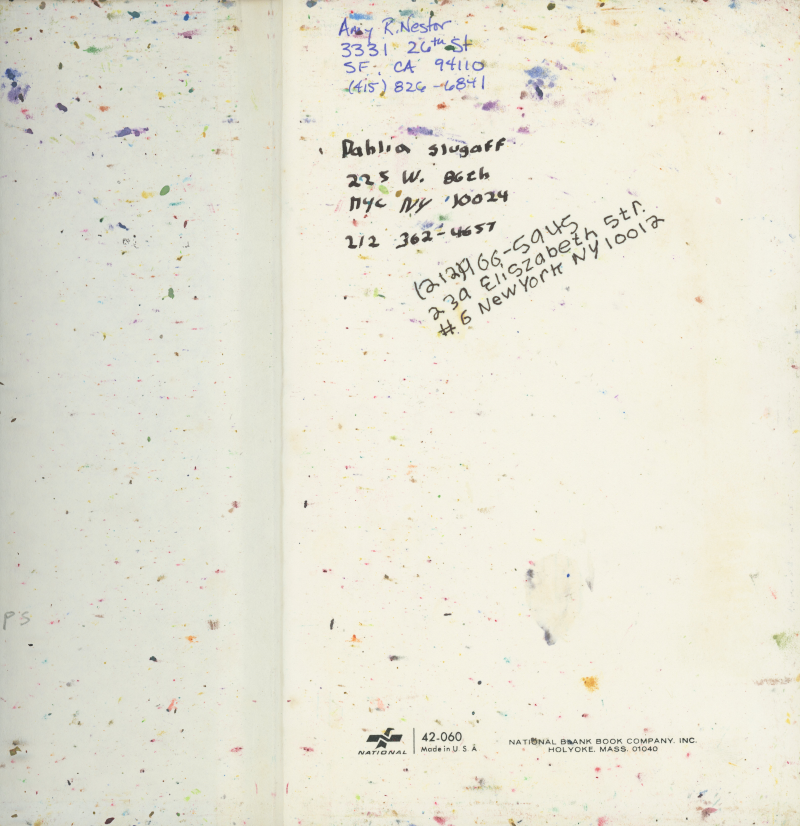
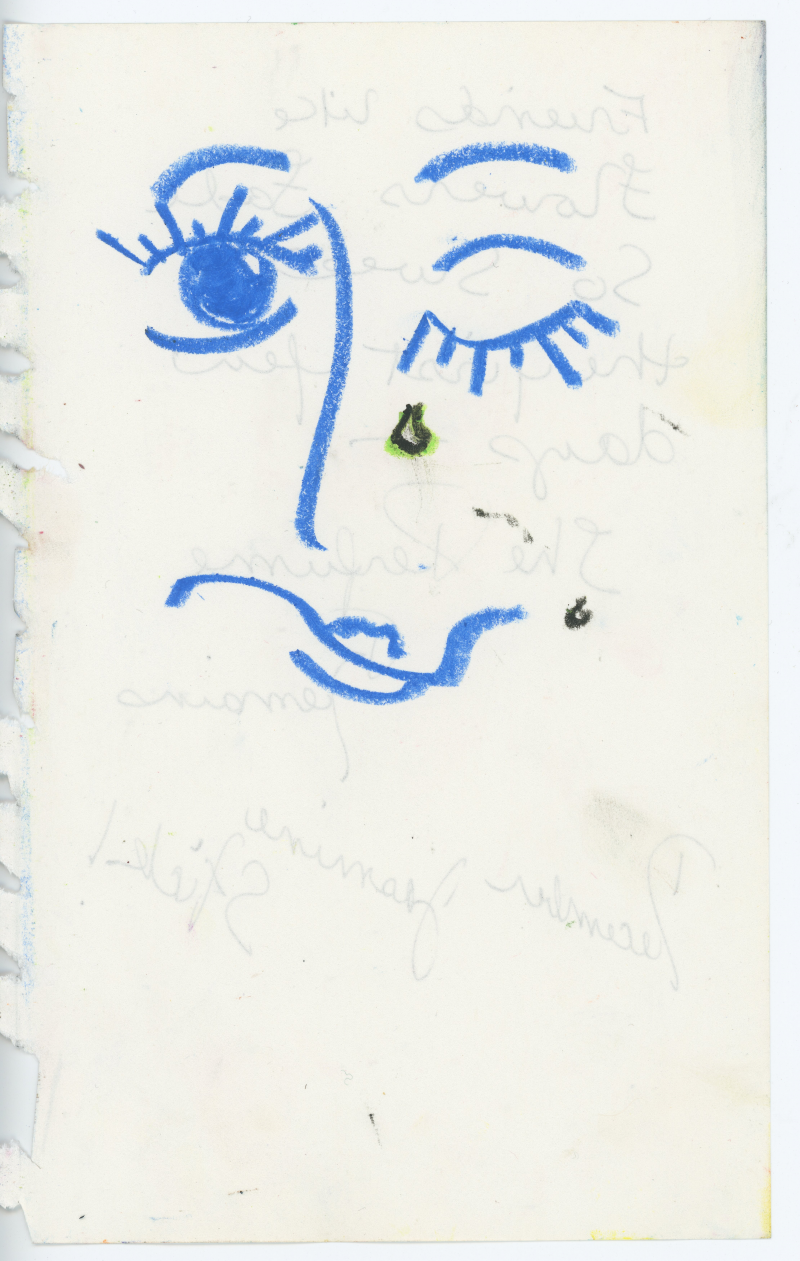

*
p.s. Hey. ** Keatonado, Hey. Favorite metro stop? Huh. I do like the ones that are in the ‘mountainous’ part of Paris where the trains run very deep and there are long escalators to get down to the trains or back up to surface. So ‘Pyrenees’ or ‘Jourdain’, I guess. Yours? Thanks about my ghosts. I like them even though I don’t believe in them. Maybe that’s the key. I saw one when I was a young teen, as I’ve probably said, in my house, but I’m pretty sure I was just really stoned because I was definitely really stoned. That sounds fairly crazy-making, yes. ** David Ehrenstein, Thanks. I saw that about that Sontag book. Curious. ** Bill, Hi, Bill. Were you in SF when Kiki existed? I can’t remember how long you’ve lived there. It was a sweetie. Oh, thank you for the dead links alert. I’ll fix the one and see if here’s a new alternate for the other. Happy … what is today … Wednesday! ** Brendan, Hi, B. Thanks, man, and, yes, losing Kevin is hell. I’ll be writing to you shortly. ** _Black_Acrylic, Hi. Normally it takes a lot for me to not want amusement parks to be built, but, given the spot and its way inappropriateness, and, most of all, the fact that it was just going to be a pretty blah looking indoor water park, I say congratulations to the project killers! ** Daniel, Hi, Daniel! Always a true and super treat! You’re coming to Paris? Oh, things to do. Okay, I’ll write to you. What kinds of things? Yeah, ‘Crowd’ is so sold out that I was only given a ticket for one night. If a free ticket comes up, I’ll try to grab it for you. We should meet and have a coffee or something if you feel like it. I’ll be around. ** Steve Erickson, Hi. Oh, okay, interesting. I never saw the Bonello, so I don’t know, and we all know things flop that shouldn’t. Oh, boy, cataracts. I’ve had a few friends have to deal with those. It’s fixable but not much fun. Anyway, glad it’s a ways off, and it’ll be fine once the time comes, just annoying. ** KK, Hi, man! My pleasure, obviously, on the new SCAB. It’s great, and I liked your piece a lot. Cool about the new thing on Holler Presents. Everyone, KK, who is better known everywhere but here as the fine writer Kyle Kirshbom, has a new short fiction thing up on Scott McClanahan’s cool site Holler Presents, and you can read it, and, needless to say, you oughta. ‘Drop Edge of Yonder’ is so great, right? I love that book. His prose is so killer. I’ll see if I can see the Ken Burns thing over here. I’ve only heard the advance track from the new Yves Tumor, but I’ll get that LP in heartbeat. He’s amazing. Thanks. Excited to get to your mss. and my eyes are peeled for the first opportunity. I don’t mind about the borrowing. The title is borrowed from a German film of the same name, so … Still waiting on my reader. Painful. Yes, I’m still vegan. Oh, it feels great. Going vegan gives (me at least) such a great, lowkey general energy boost. Well, are you vegetarian? I’ve been one since I was 16, and going from vegetarian to vegan mostly just means cutting dairy, and losing dairy ups the energy. I don’t know. Have a swell day. ** Okay. Today I share four books I recently read/loved with you. Check them out and see if any of them seem to suit your fancy. See you tomorrow.
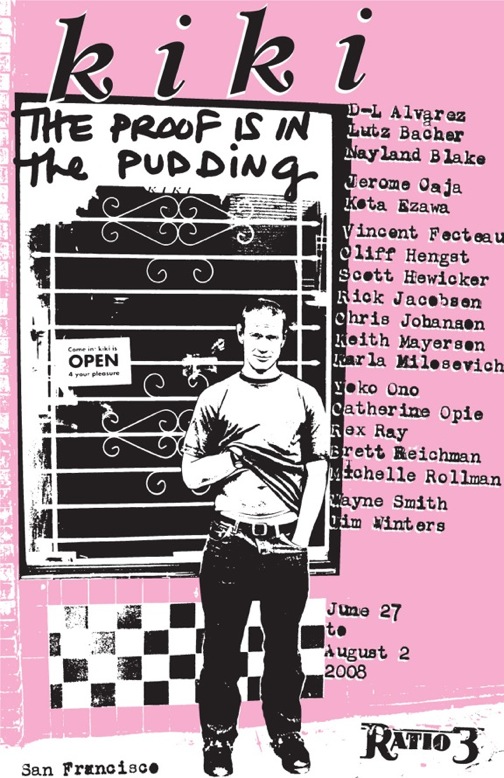
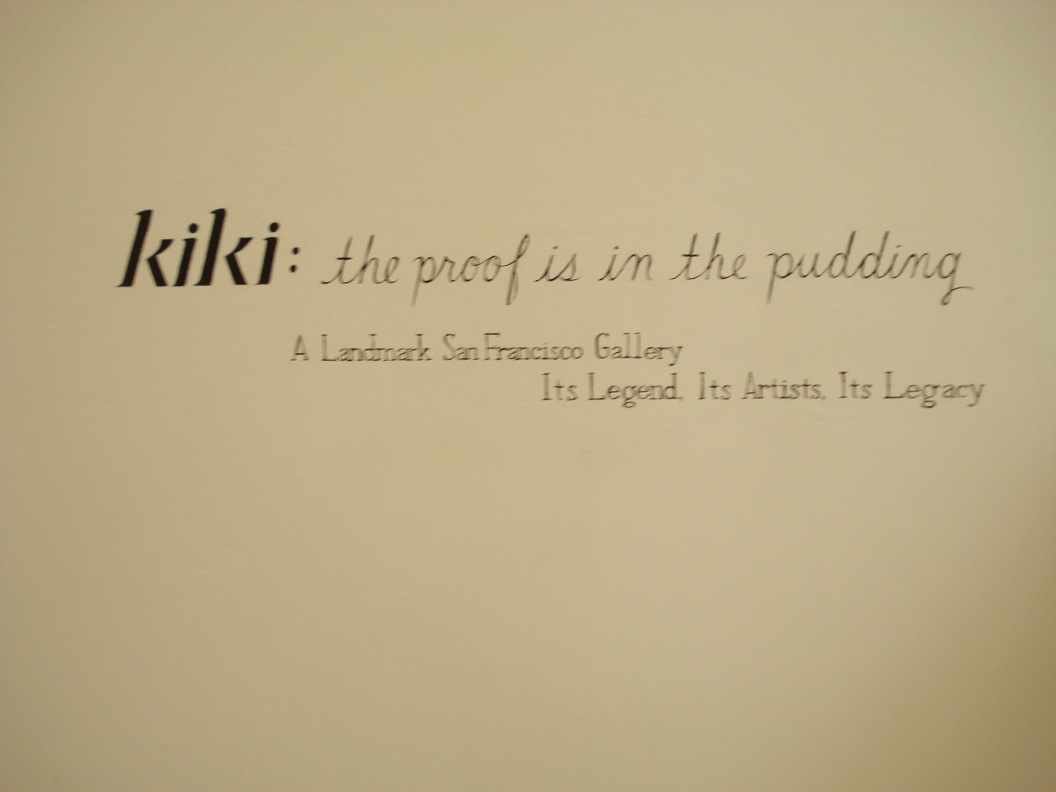
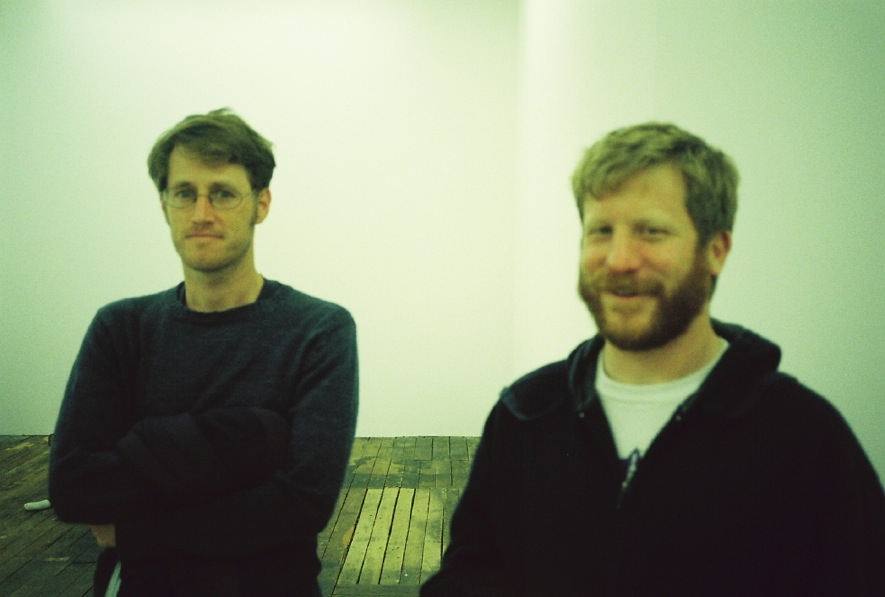
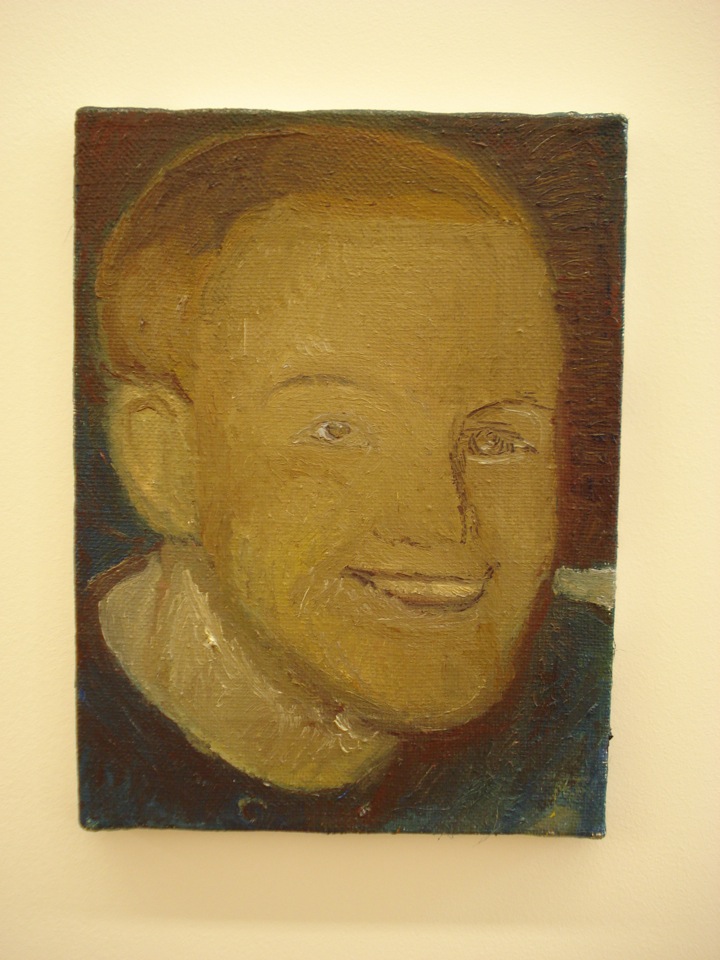
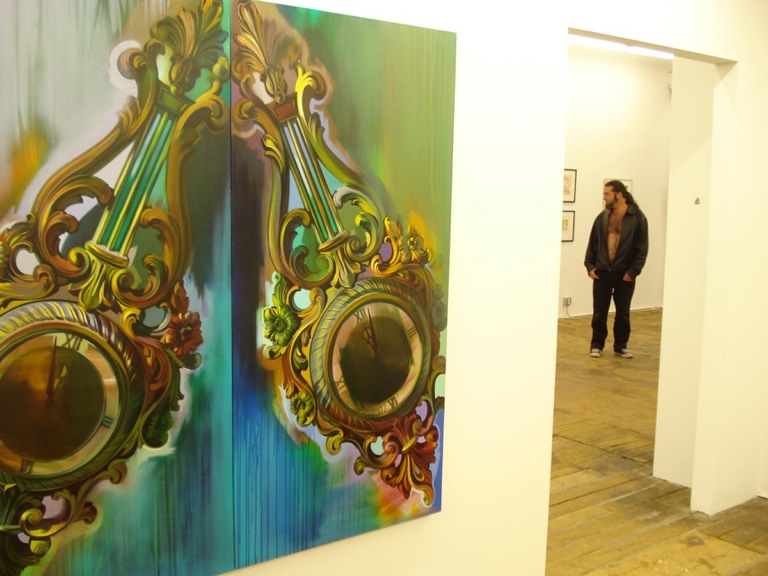
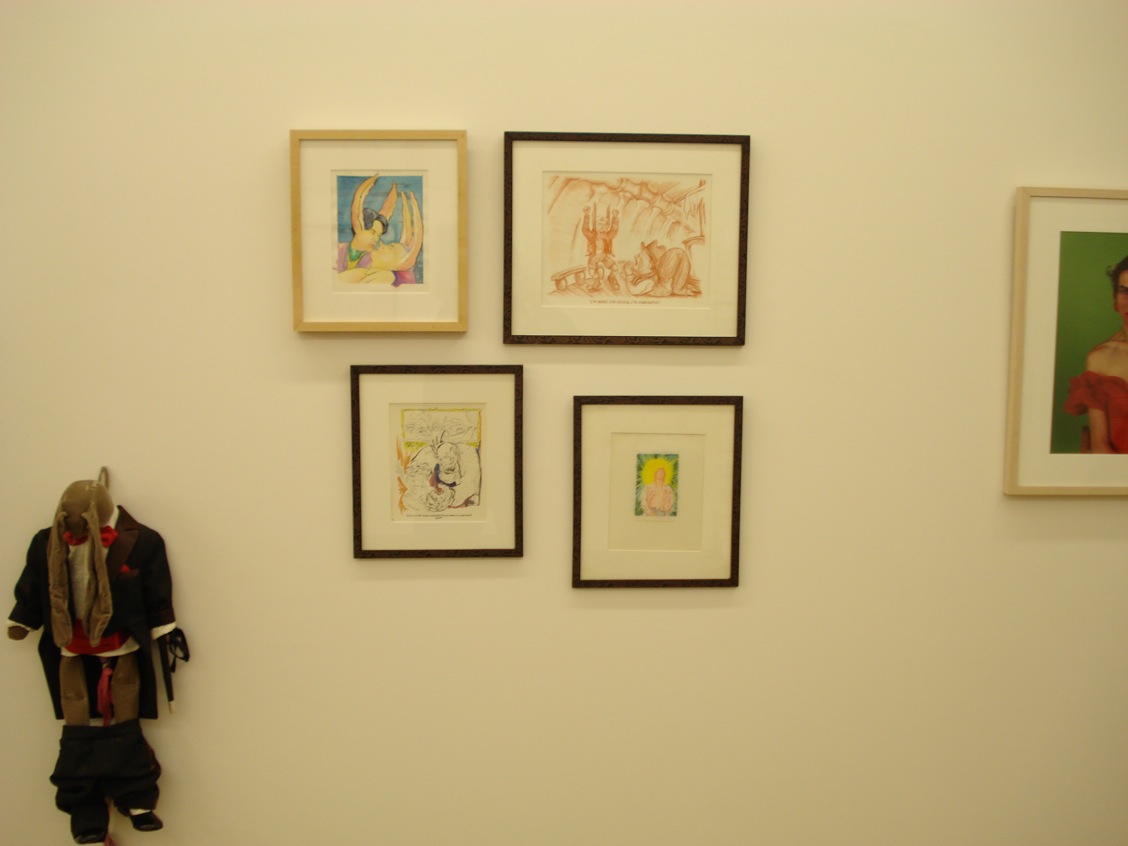
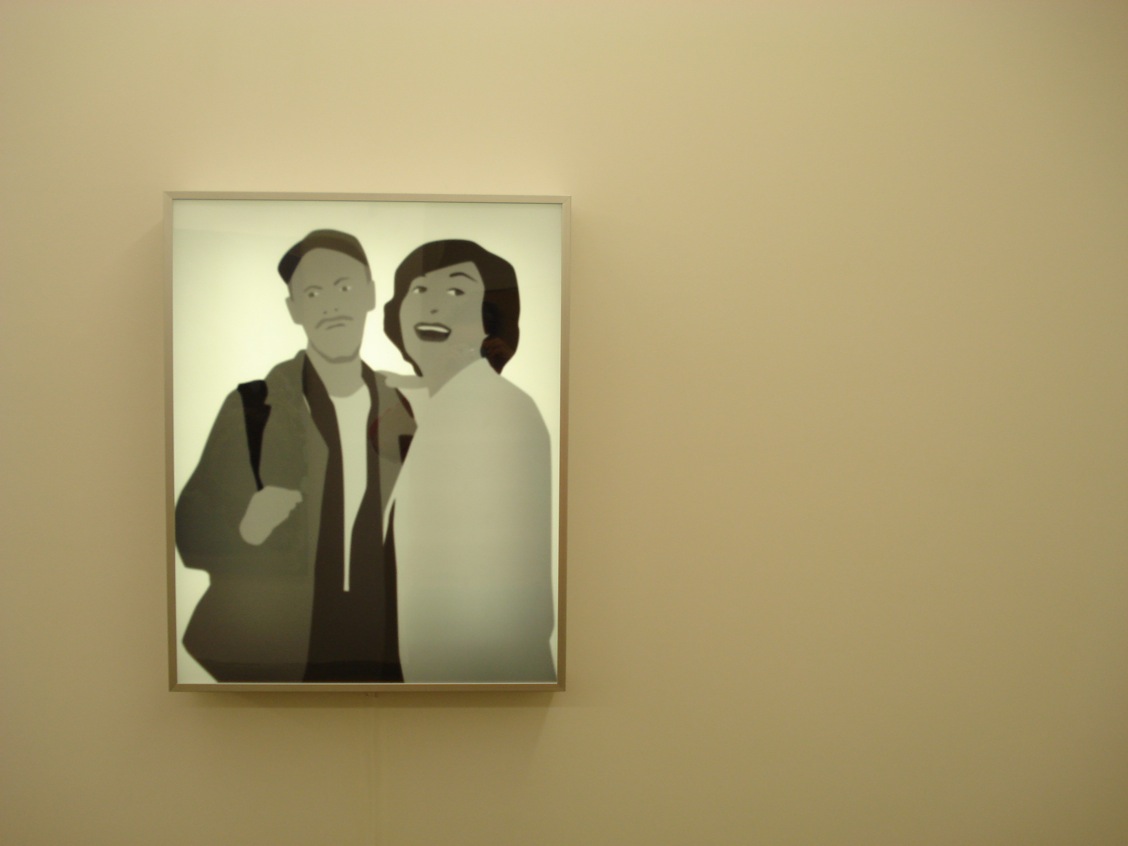
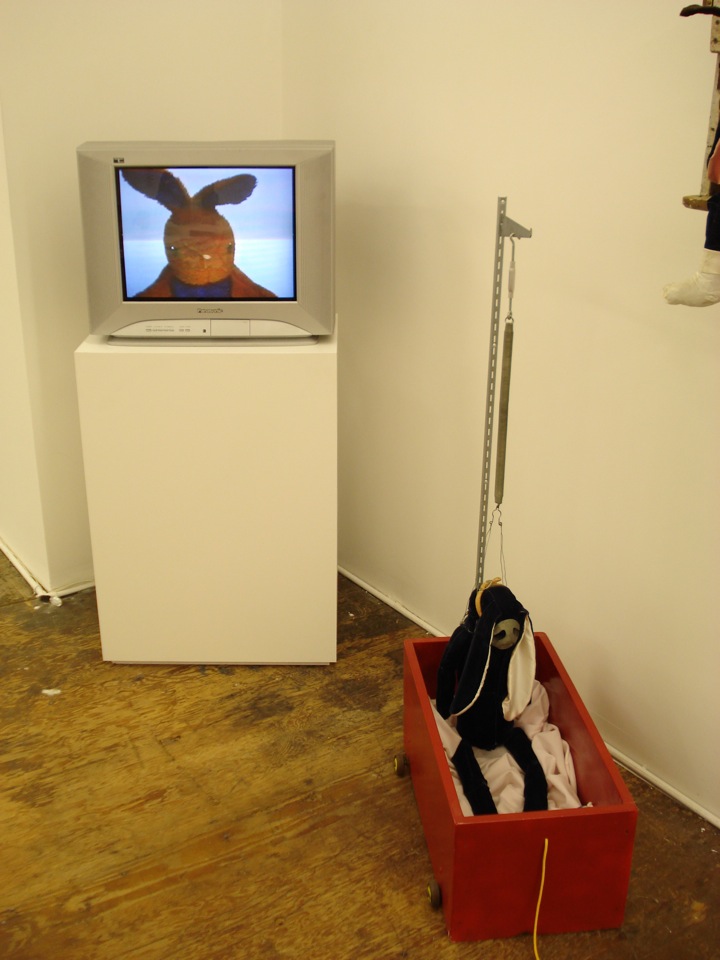

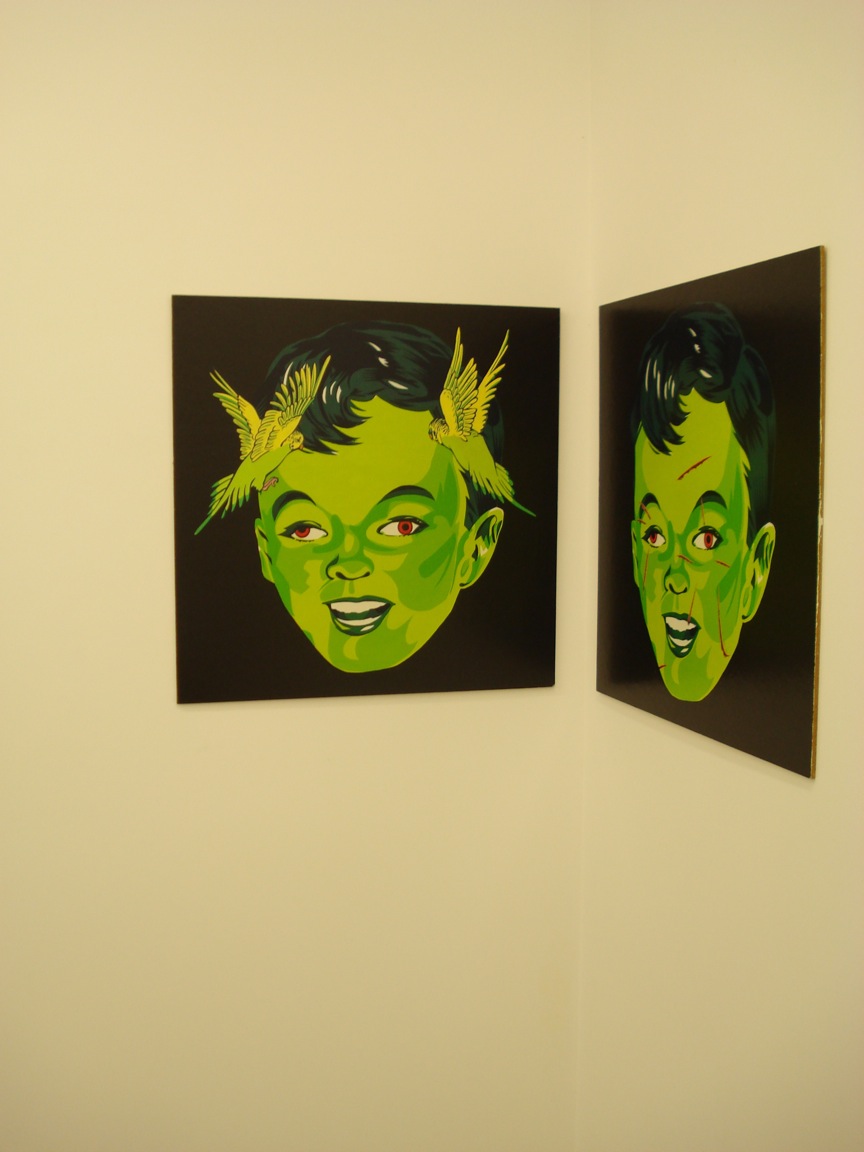
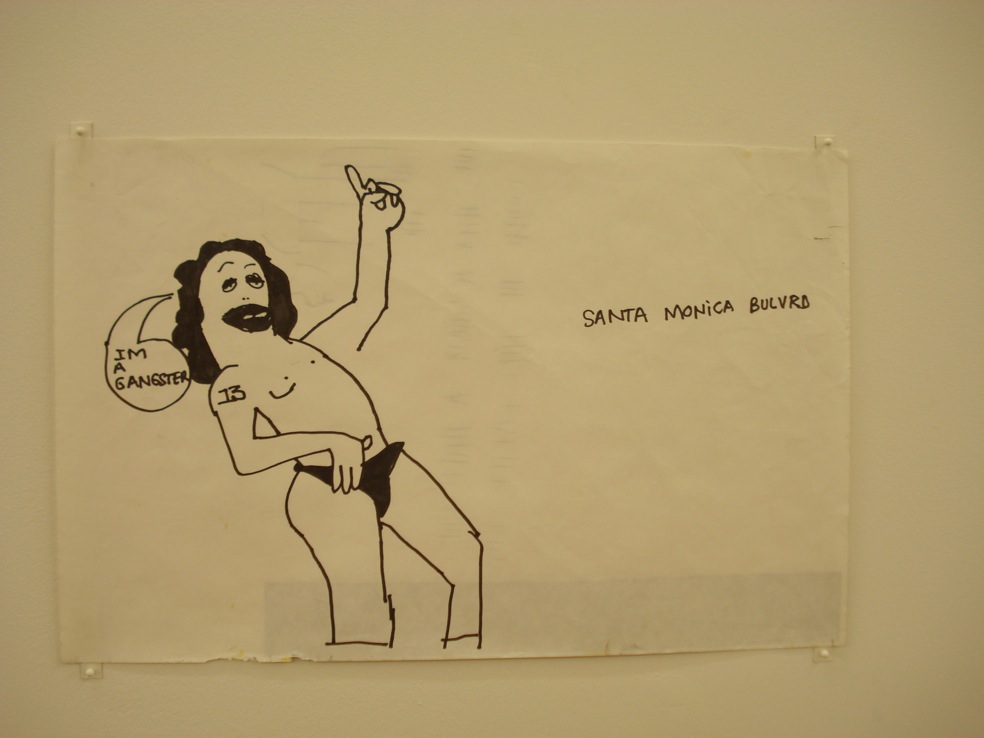
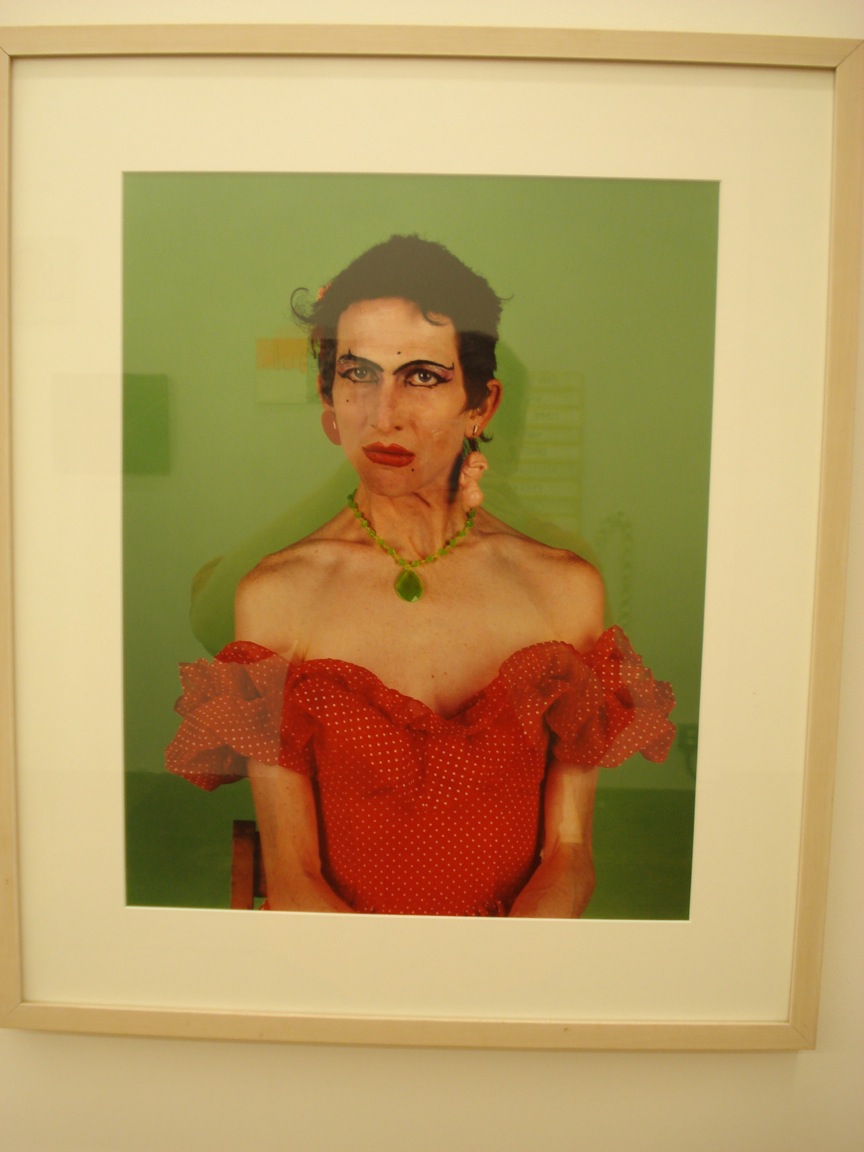
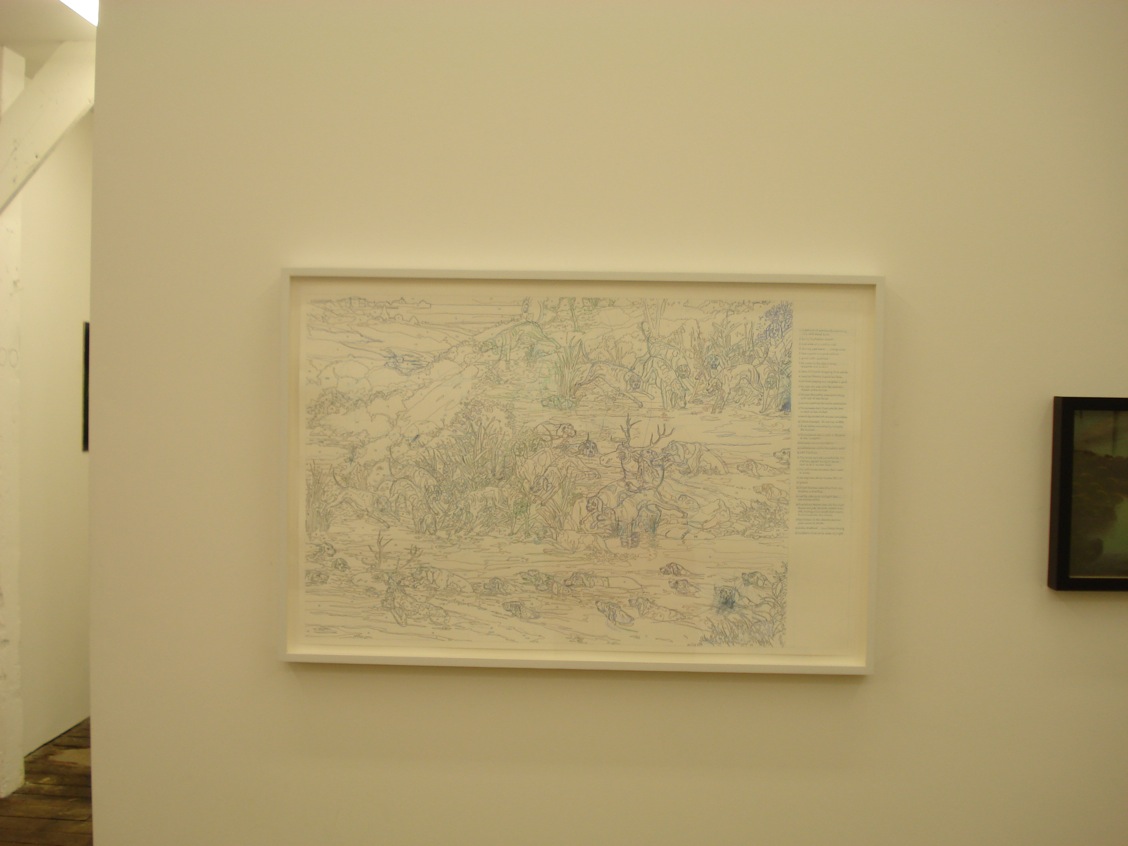
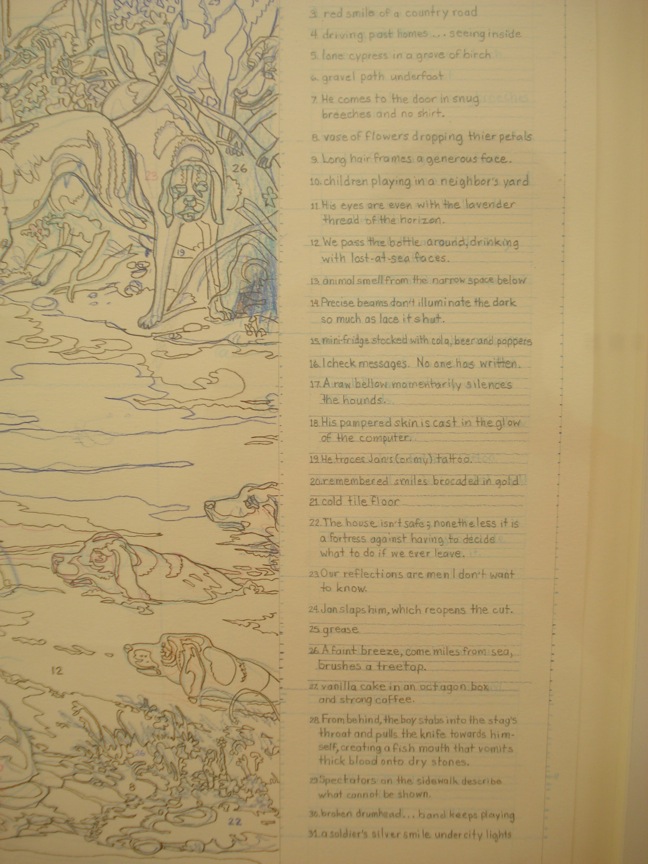
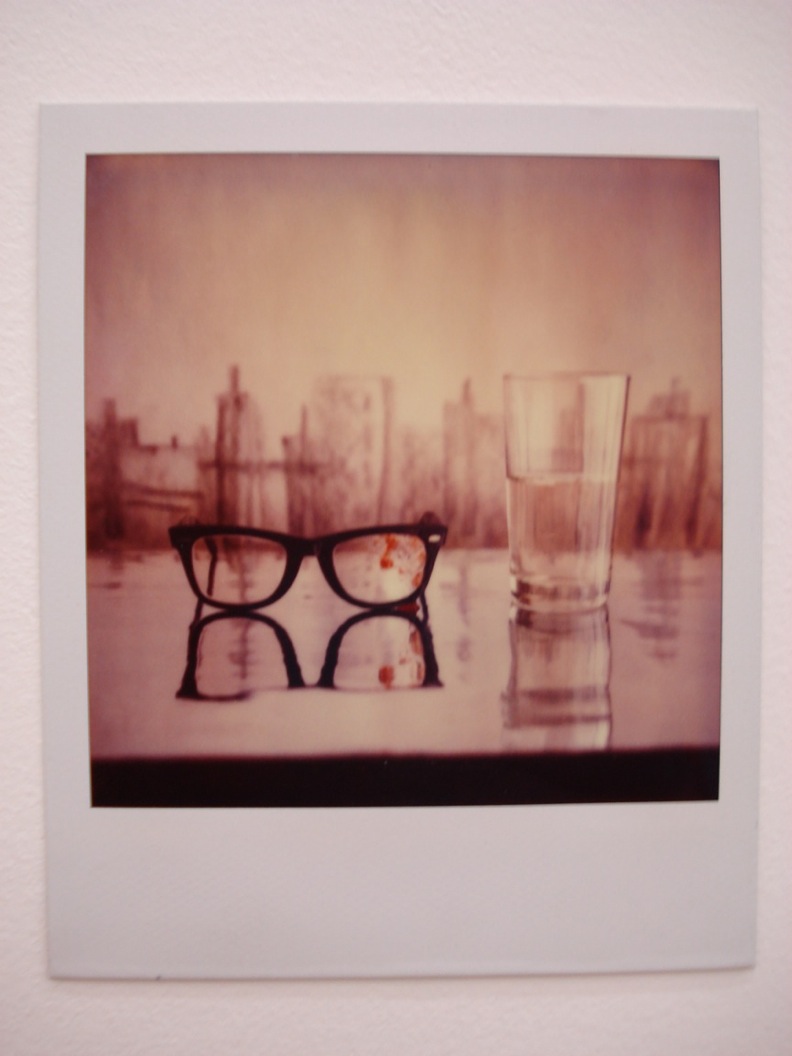
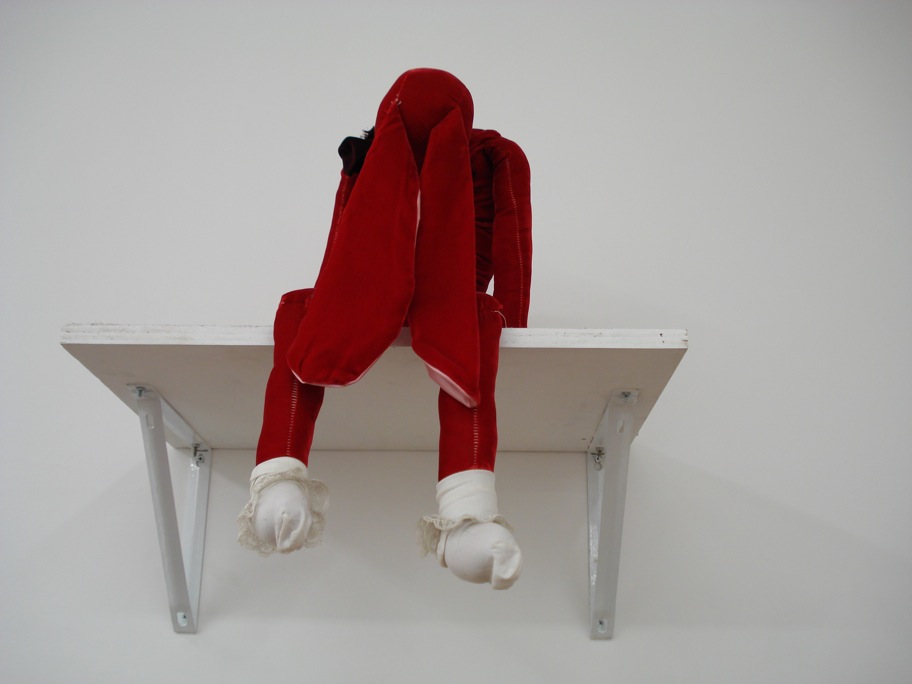
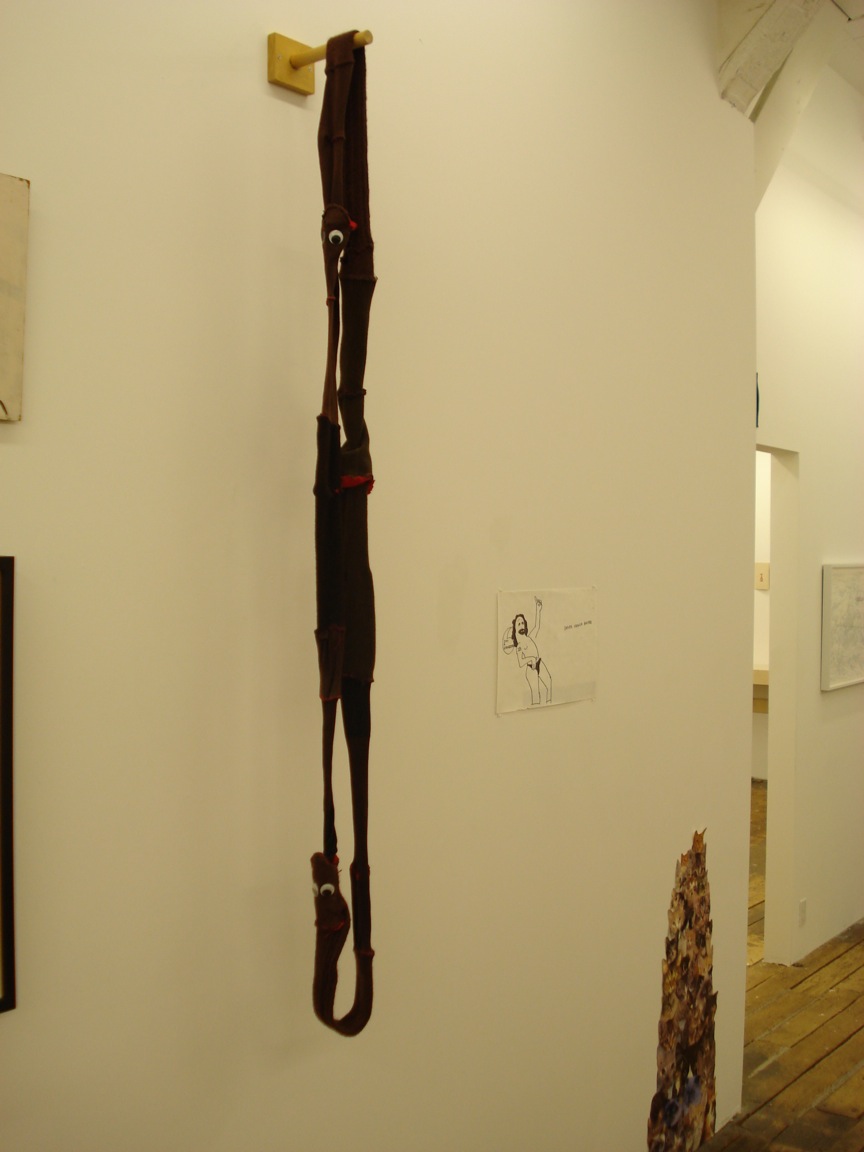
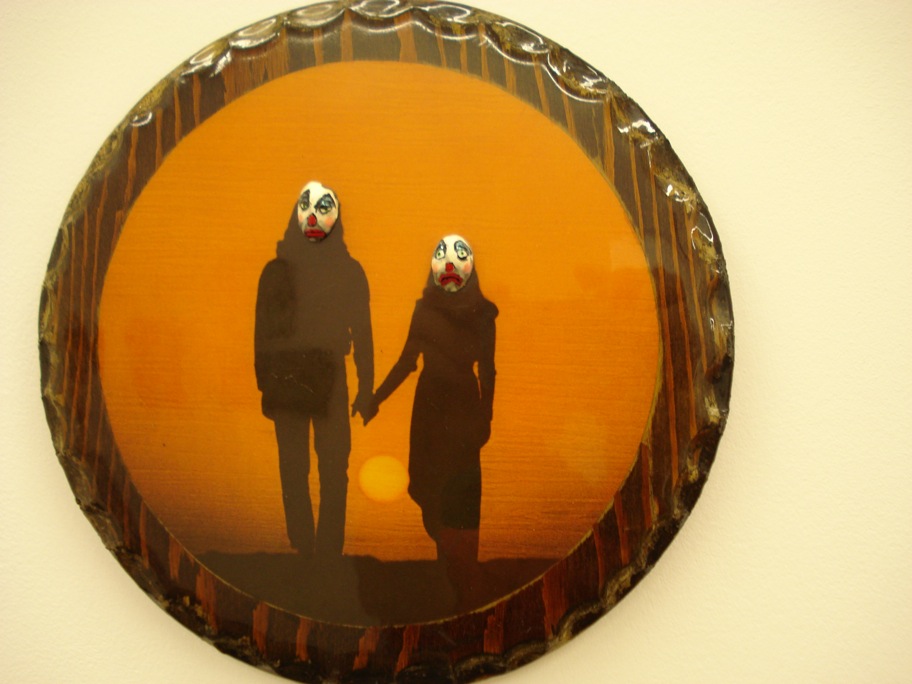
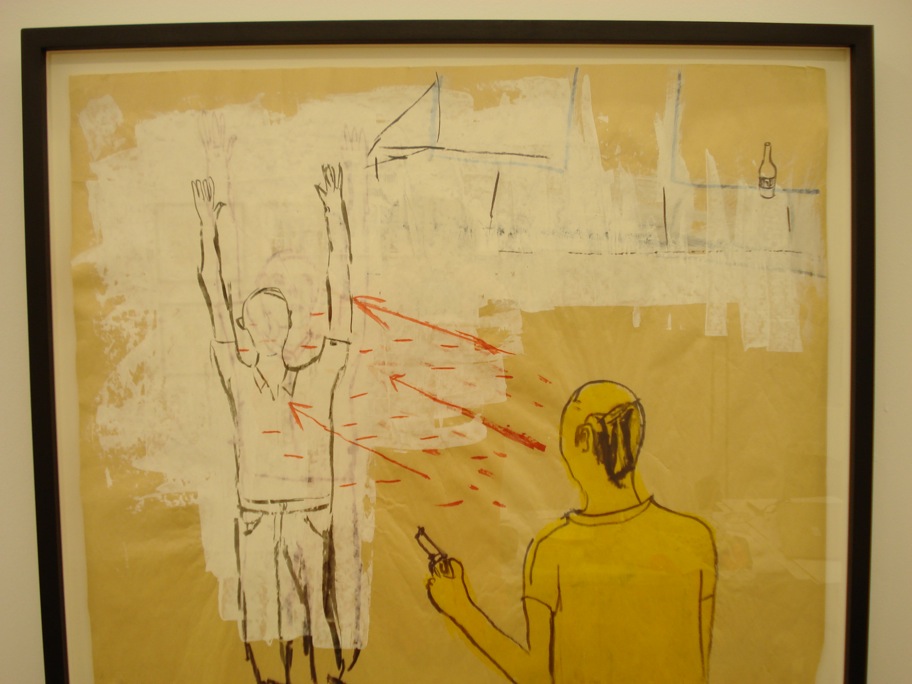
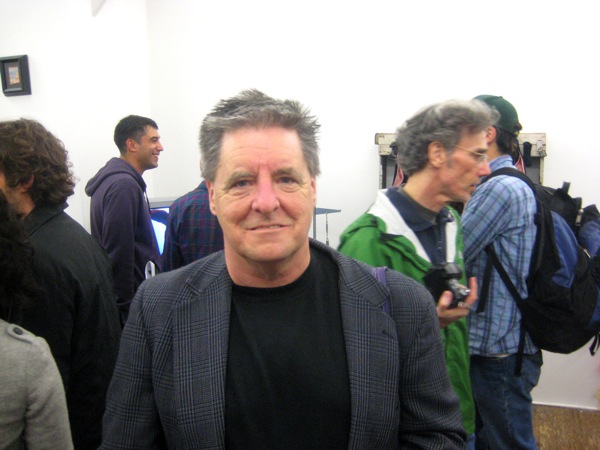
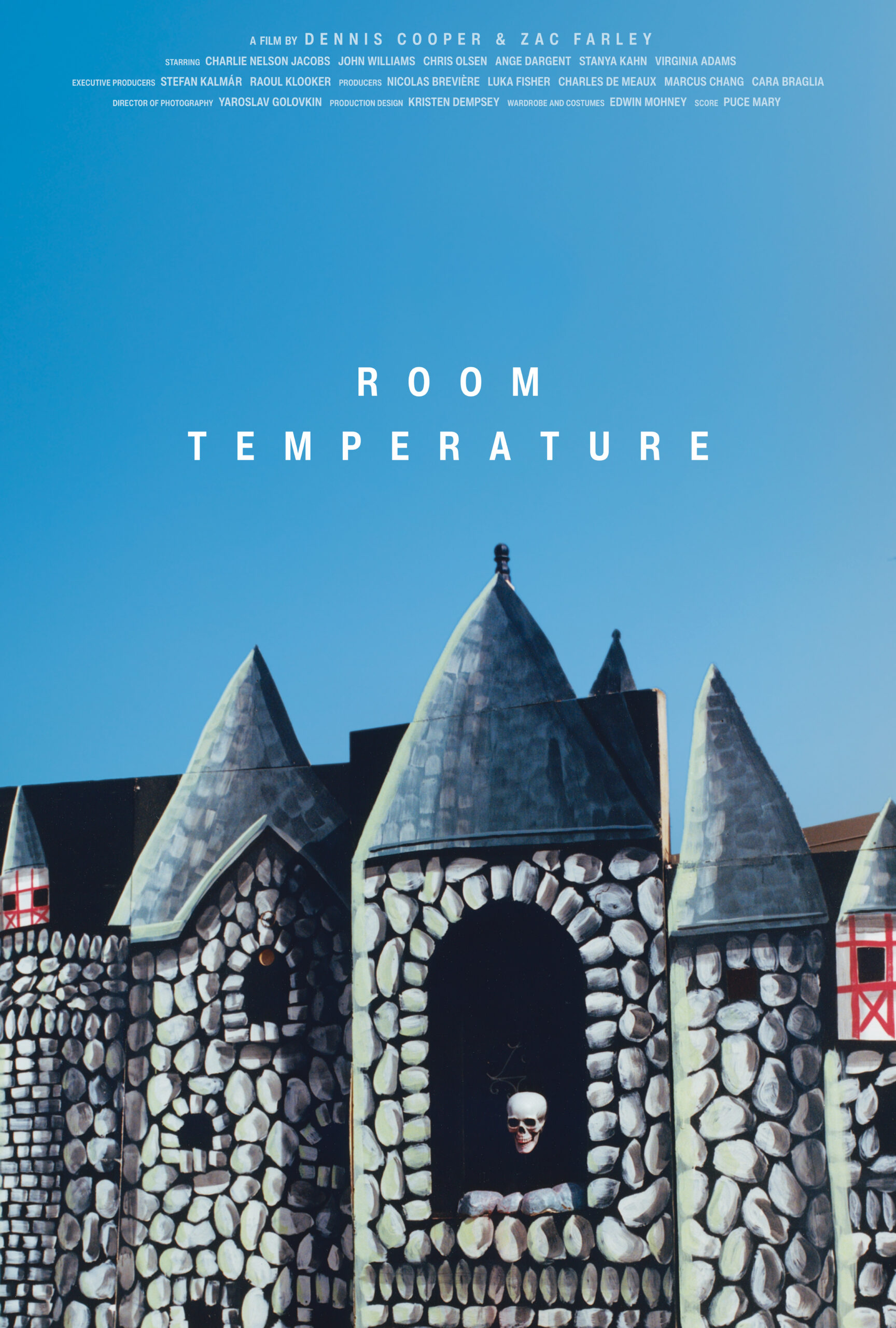

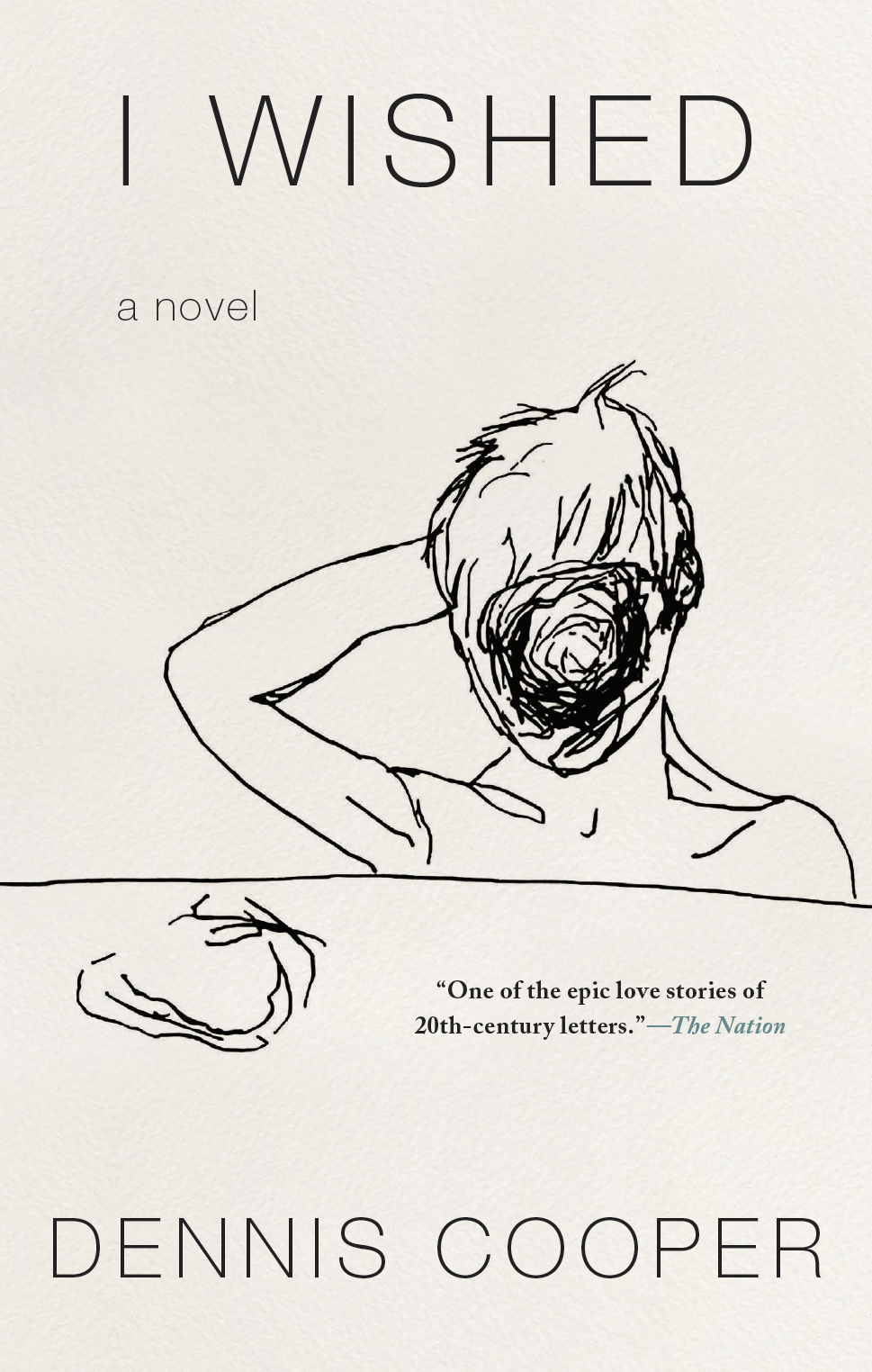
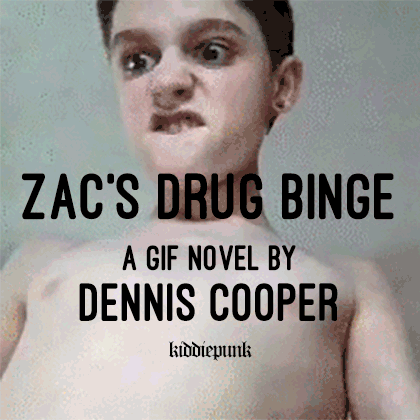
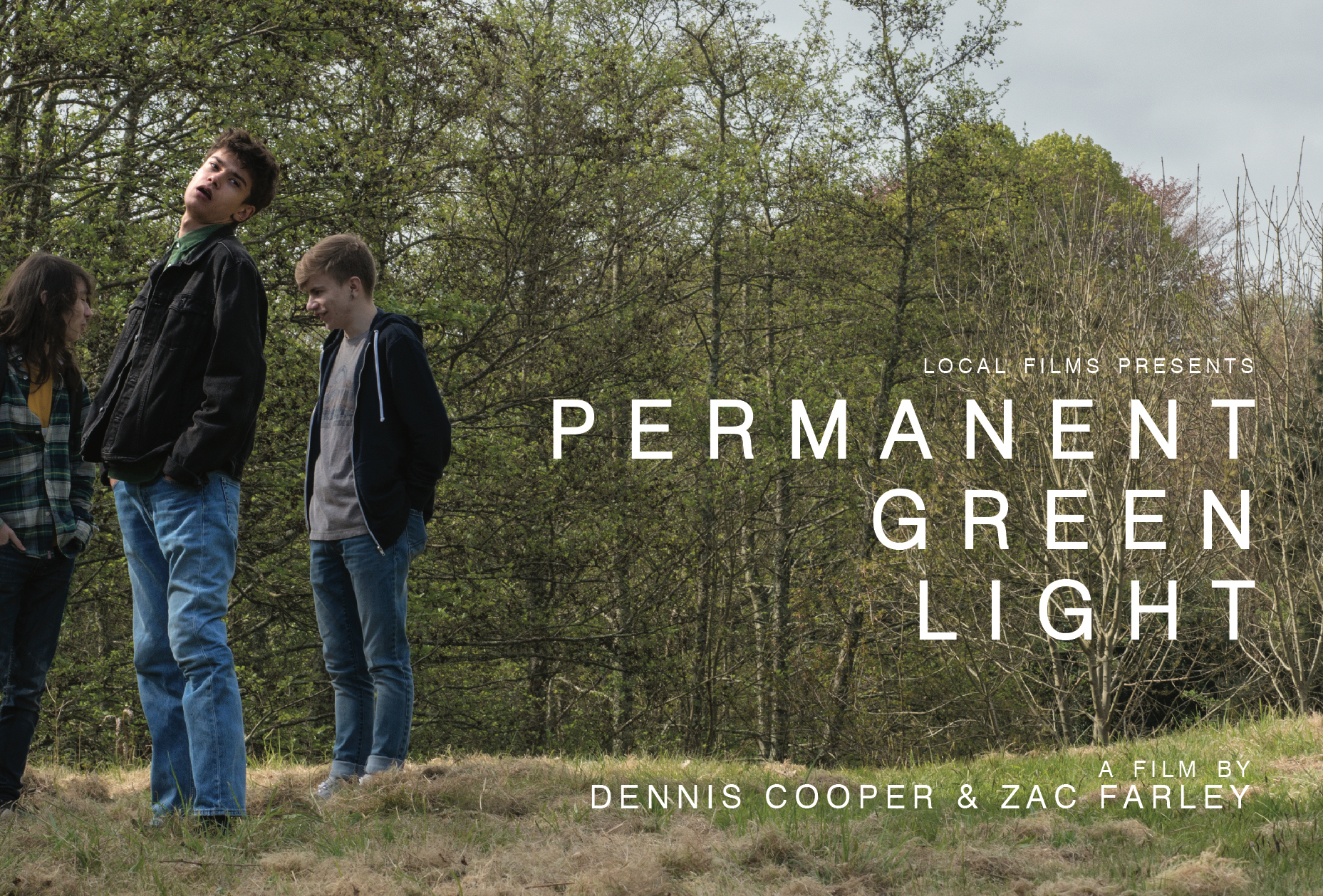 Now available in North America
Now available in North America 